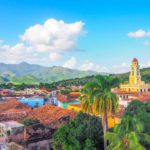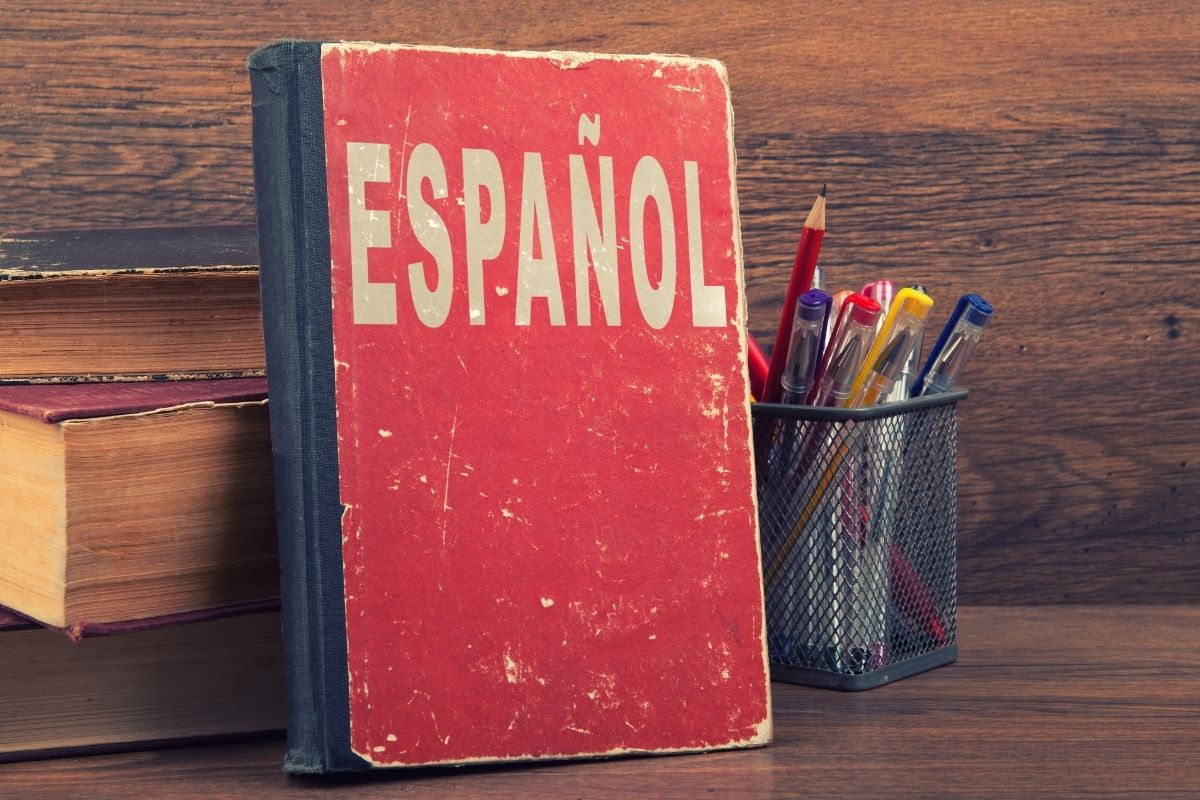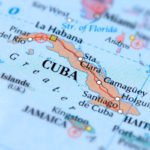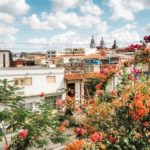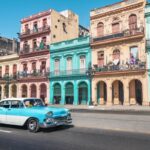Cuba is an amazing place to visit. It has long been a destination of fascination and grandeur both due to its great history and its natural beauty.
Travelers visiting Cuba always have great stories to narrate and unforgettable experiences to share.
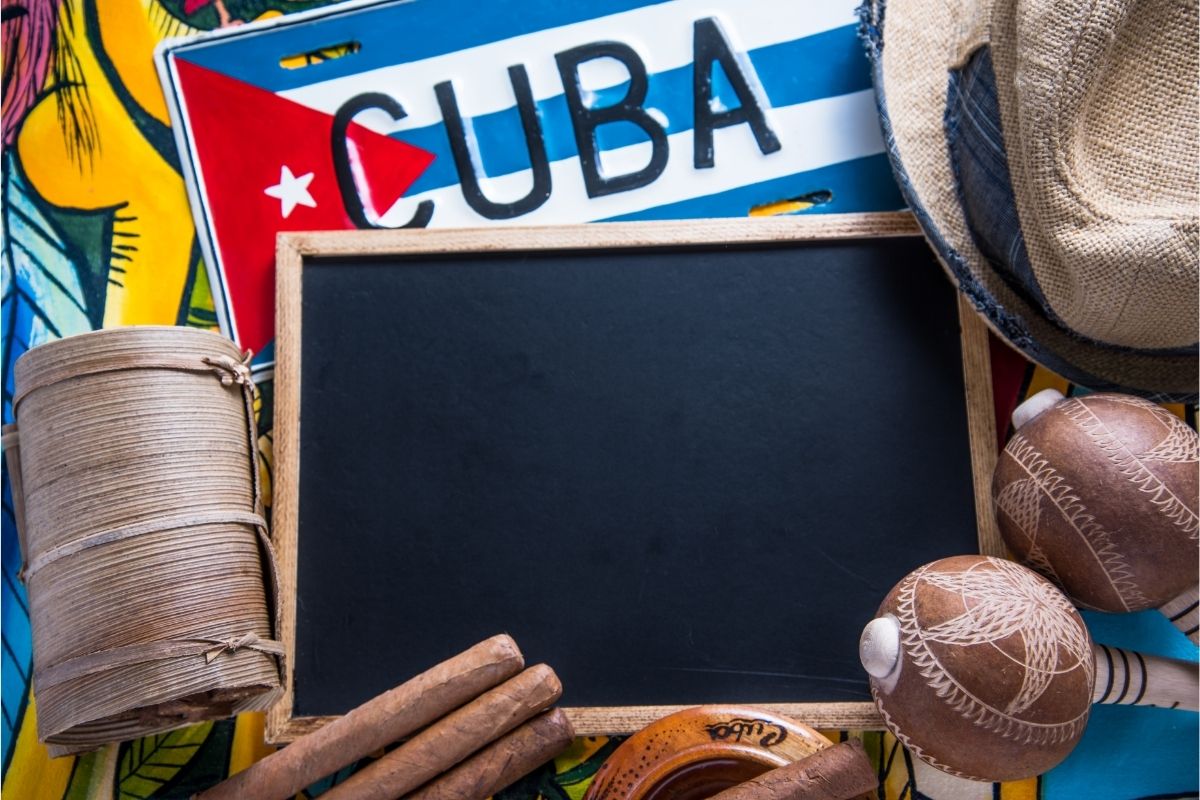
While there are dozens of interesting facts about Cuba, here are five to pique your interest in learning more about this fascinating region of the world!
1. Cuba’s Main Island Is The Biggest On In The Caribbean Sea
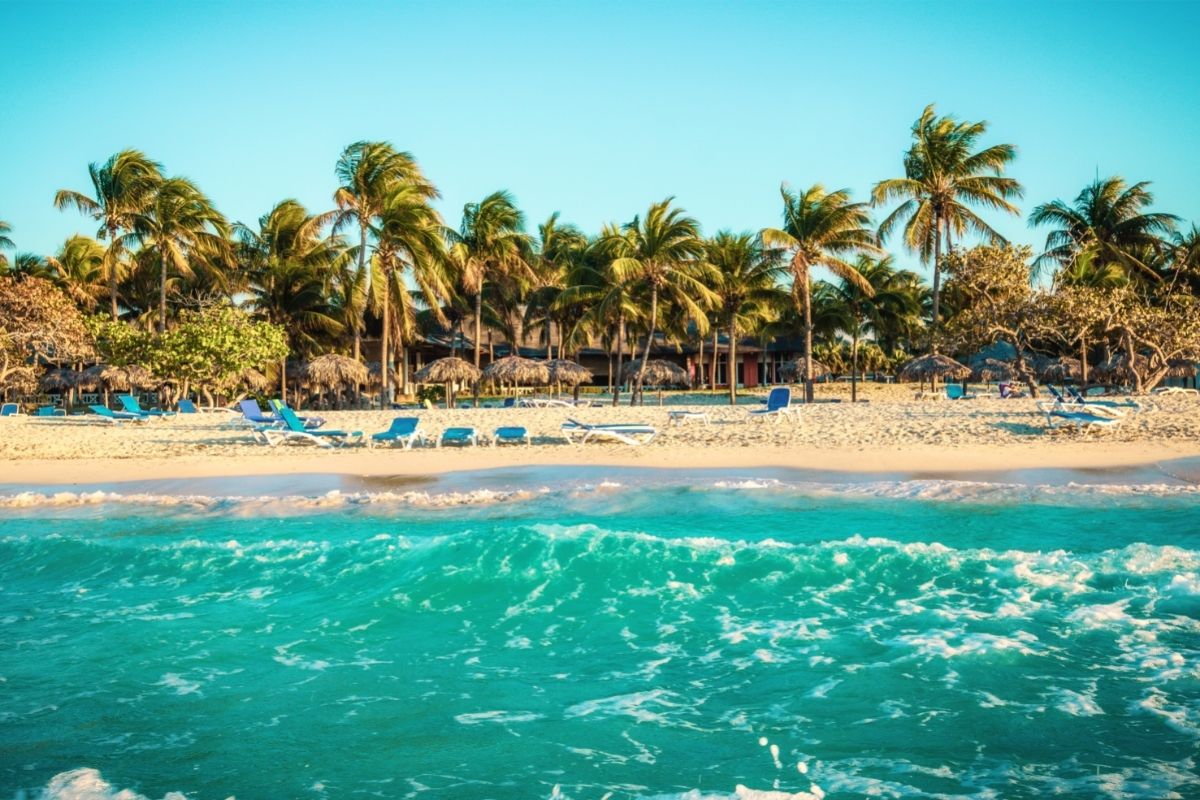
Cuba is the Caribbean Sea’s biggest island, and its main island is little more than 40,000 square miles in size.
To paint a better picture, that would be around half the size of the United Kingdom. It is the world’s seventeenth biggest island.
Alongside its neighboring islands, Cuba is part of the Greater Antilles, a group of islands formed centuries ago when two of the Earth’s tectonic plates clashed.
This Caribbean republic comprises two pieces of land, a long and a narrow one.
Apart from the biggest Cuban island, there are an extra 400 islands, islets, and points that are considered Cuban land and fall within Cuba’s borders.
A few of them, like Cayo Santa Maria and Cayo Coco, but also Cayo Largo, have become famous vacation spots because of their exquisite shores.
Cuba also offers a diverse range of ecosystems, including mountain forests, tropic jungles, grasslands, and even deserts!
These diverse habitats are home to a variety of flora and fauna, with many of the species that are there being found nowhere else on the planet.
The dense forests of Cuba are home to a variety of fascinating species.
The most well-known is the bee hummingbird, the world’s tiniest bird. How tiny that is? Well, for reference, an adult bee hummingbird is just around 5 centimeters long.
Another unique species found in the Cuban ecosystems is the Mount Iberia frog, which has a body length of only 1 centimeter!
2. The Coastline Of Cuba Runs For About 5630 Kilometers
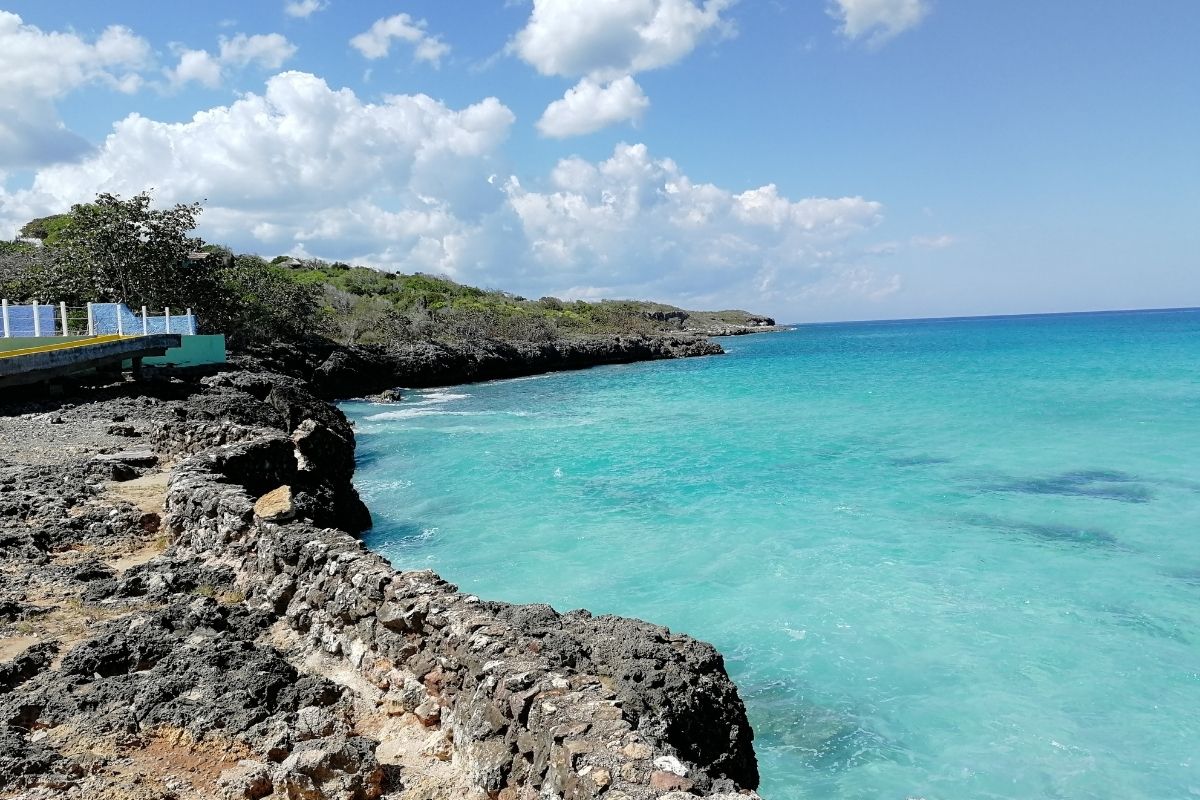
Cuba covers 1,200 kilometers from the East to the West, even though it is just 100 kilometers broad in most parts.
About one-third of Cuba is covered by mountainous areas and sloping hills, with the remaining two-thirds being flat, fertile plains mostly used as farmland.
Cuba has roughly 200 bays and 250 beaches due to its lengthy coastlines. Because of its long, thin shape, no matter where you are living in Cuba, you are never far from one of its beaches.
With so much coastline and a balmy Caribbean environment, it’s no surprise that Cuba has become a popular place to visit, explore, or simply enjoy one’s vacations by the beach.
In fact, many Cuban beaches are frequently listed among the greatest in the world.
3. Baseball Is Cuban People’s Favorite Sport To Play

Baseball is said to have originated in Cuba in the 1860s. Historians argue its emergence in the country and have attributed the origins of baseball in Cuba to two major influences.
One was the American sailors who moored on its shores, and the other one was all the Cuban young people who studied in the United States and returned to Cuba with a new favorite sport to play and teach to the locals.
The sport was prohibited on the island by the then-Spanish rulers of Cuba in 1869, which, ironically, is said to have helped baseball to resurge amongst the locals since it became emblematic of the battle for freedom and autonomy from the Spanish rule.
The restrictions lasted only for a while, and the first formal tournaments were held in 1874, with baseball becoming the most played sport in Cuba by the early 1990s.
Nowadays, baseball’s popularity in Cuba is still unquestioned, and the only contender could be dominoes – yes, you read that right! – which has turned into a favorite hobby for Cubans and were it a sport, it might have surpassed baseball in the list of top sports to be played in Cuba.
As for if and where you can attend a Cuban baseball game, the answer will probably be right in front of you when you have a stroll along the Cuban streets and alleys.
Baseball is played by people on the streets as well as by athletes in stadiums, so it is both a formal and informal sport for Cuban people.
But if you’d rather watch a baseball game on the telly, there will definitely be some Cuban games on.
4. Cuba Has Not One, But Three Top Exported Products
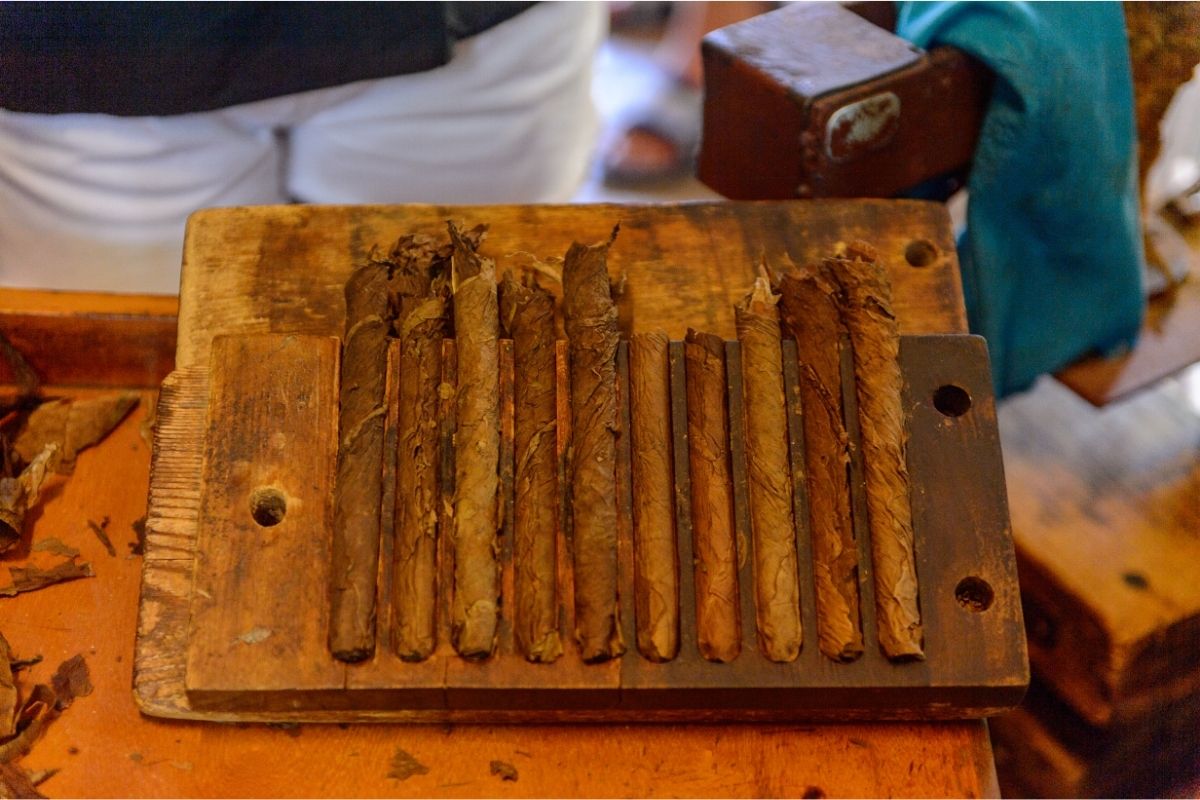
You most probably know the famous Cuban cigars, so the first top Cuban export might come as no surprise.
One of Cuba’s top exported products is tobacco, with the main product being the Cuban cigar, which is known across the globe as the gold standard of cigars and is hence an important exported product, essential to the Cuban economy.
The second one is sugar, which is exported both as raw but also as a main ingredient in several rums produced on the Cuban territory. What you probably didn’t know, though, is that the third top export of Cuba is nickel.
The majority of the nickel is exported and used to create stainless steel and other alloys, while the amount of nickel found on the island is so big, that it is estimated that Cuba still holds approximately five million metric tons of deposits, even after having exported large amounts of it over the past decades.
Following the biggest exporters of nickel on the globe, which are Indonesia, Australia, Brazil, and Russia, Cuba comes fifth in line.
If you take into account the size of these four countries in comparison to that of Cuba, you can understand just how “big” Cuba is in the nickel industry.
5. Cuba Is Home To 9 UNESCO Heritage Sites
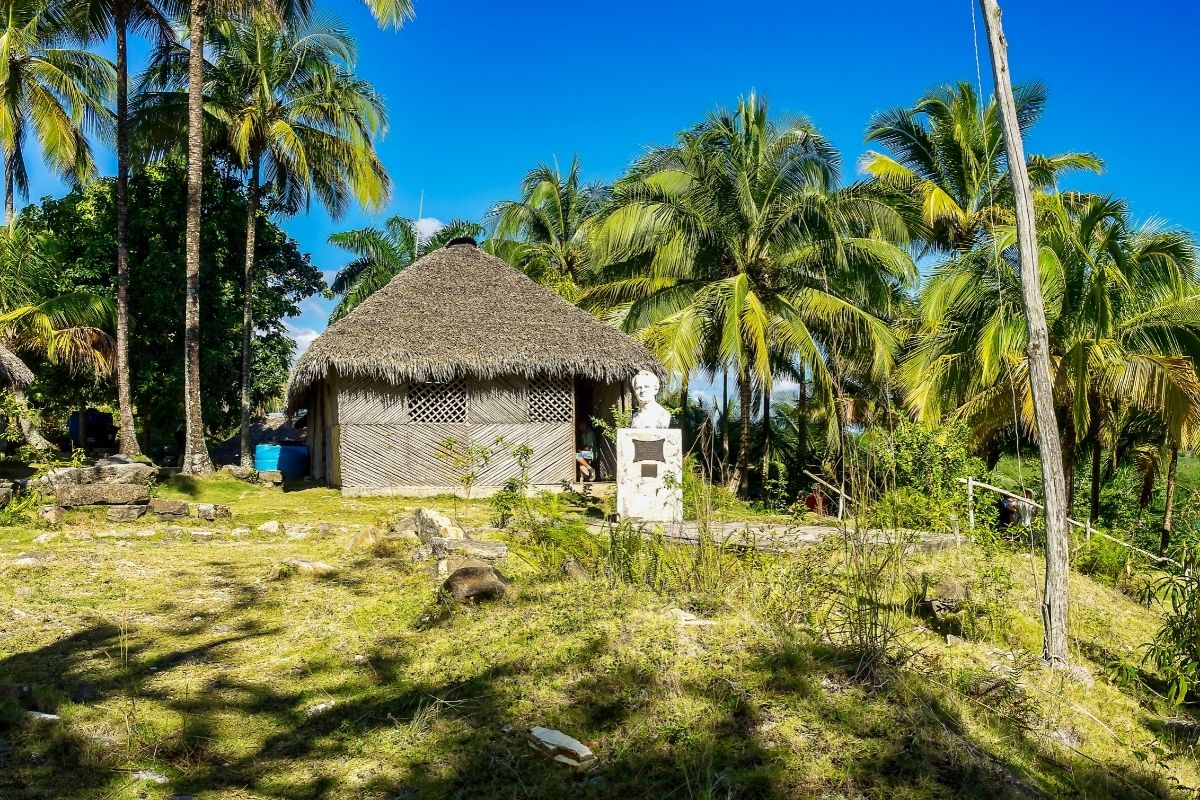
Two UNESCO World Heritage sites in Cuba were recognized for their ecological significance.
One is Alejandro de Humboldt National Park, which is found on the east coast of Cuba and is known for its indigenous plants and animals as well as its complicated lithology.
The other is Desembarco del Granma National Park, which is located in the island’s east and is known for its sea cliffs and limestone marine terraces.
Moreover, seven UNESCO World Heritage sites were selected for their cultural significance.
Old Havana (Habana Vieja) was the first Cuban monument to be listed as a UNESCO World Heritage Site, and it is renowned for its historic architectural heritage and preserved fortification.
Viales Valley, located in western Cuba, is famous for keeping its tradition in terms of the local agricultural and farming practices.
The old town centers of Cienfuegos, Camagüey, and Trinidad in central Cuba have all been designated by UNESCO as heritage sites too.
Trinidad actually got its designation in conjunction with the bordering Valley of the Sugar Mills (Valle de Los Ingenios), which consists of three connected valley lands with several preserved historic structures, including several “barracones” where slaves were staying.
Another UNESCO heritage site near Santiago, on the east side of Cuba, is the famous Castillo de San Pedro de la Roca, a fortress dating back to the 17th century.
Finally, there is the “Archaeological Landscape of the First Coffee Plantations in the South-East of Cuba.”
Summary
We hope you found this article insightful and that these facts were intriguing enough for you to want to explore more of Cuba.
This Caribbean island is certainly a place worth visiting more than once in your life, so if you haven’t been there yet, well, let’s say that you now know what your next destination is!
If you enjoyed this article, you might enjoy our post on ‘The History Of The Bay Of Pigs‘.
- What Is The Largest Island In Cuba? - September 19, 2022
- Havana – Why Is It Cuba’s Most Exciting City? - September 19, 2022
- Cheapest Time To Visit Cuba (Ultimate Guide) - September 19, 2022


